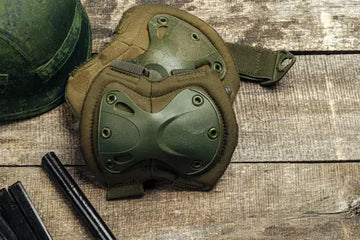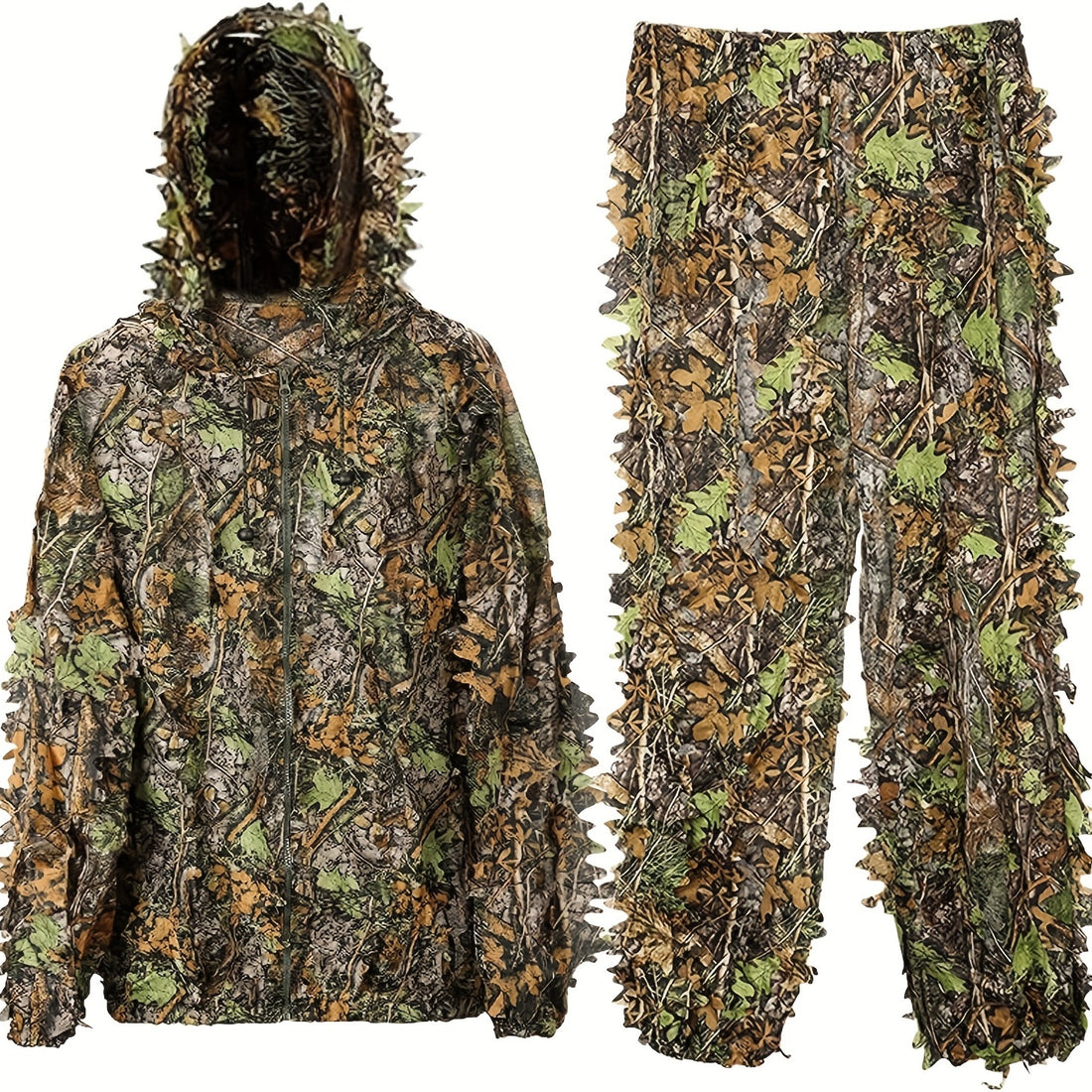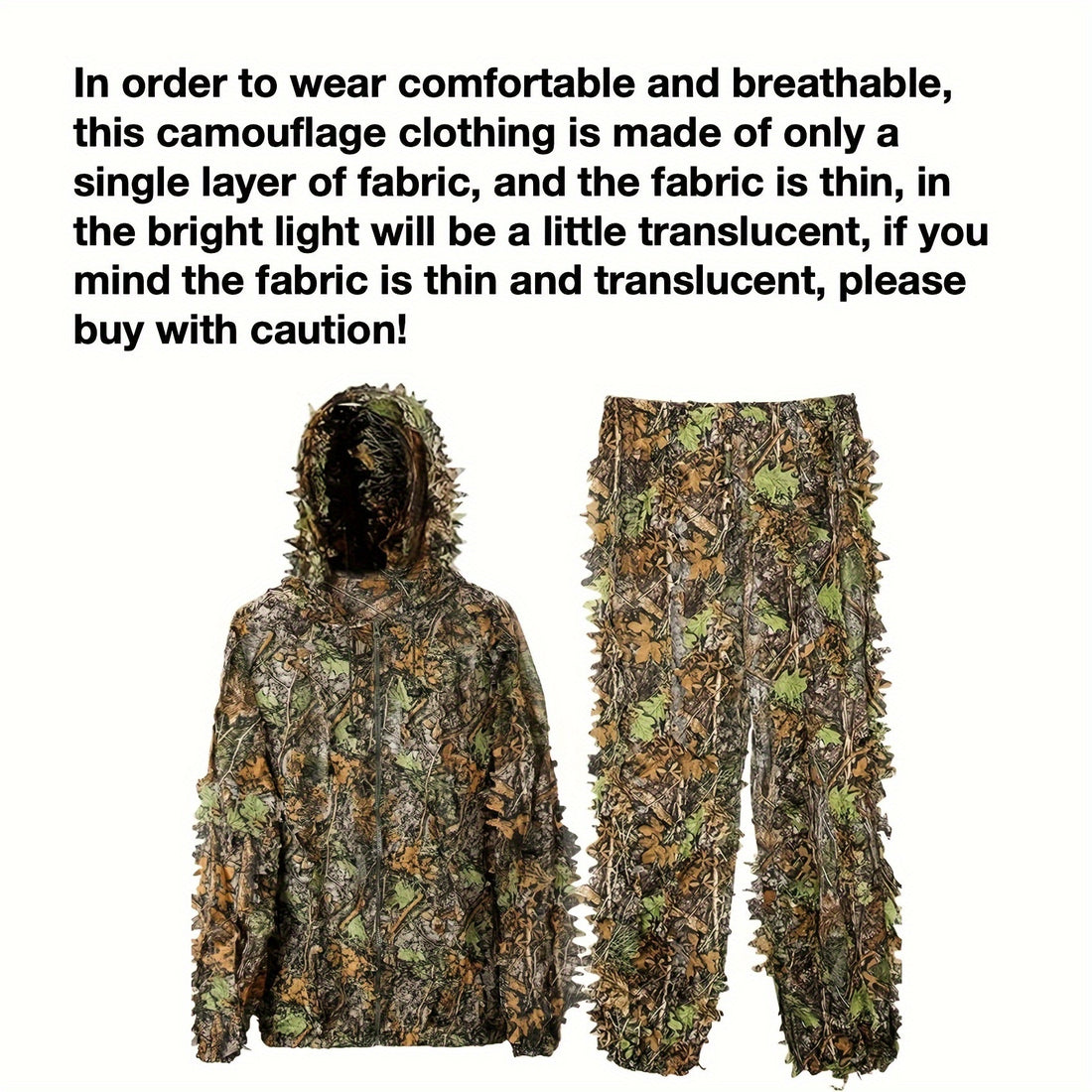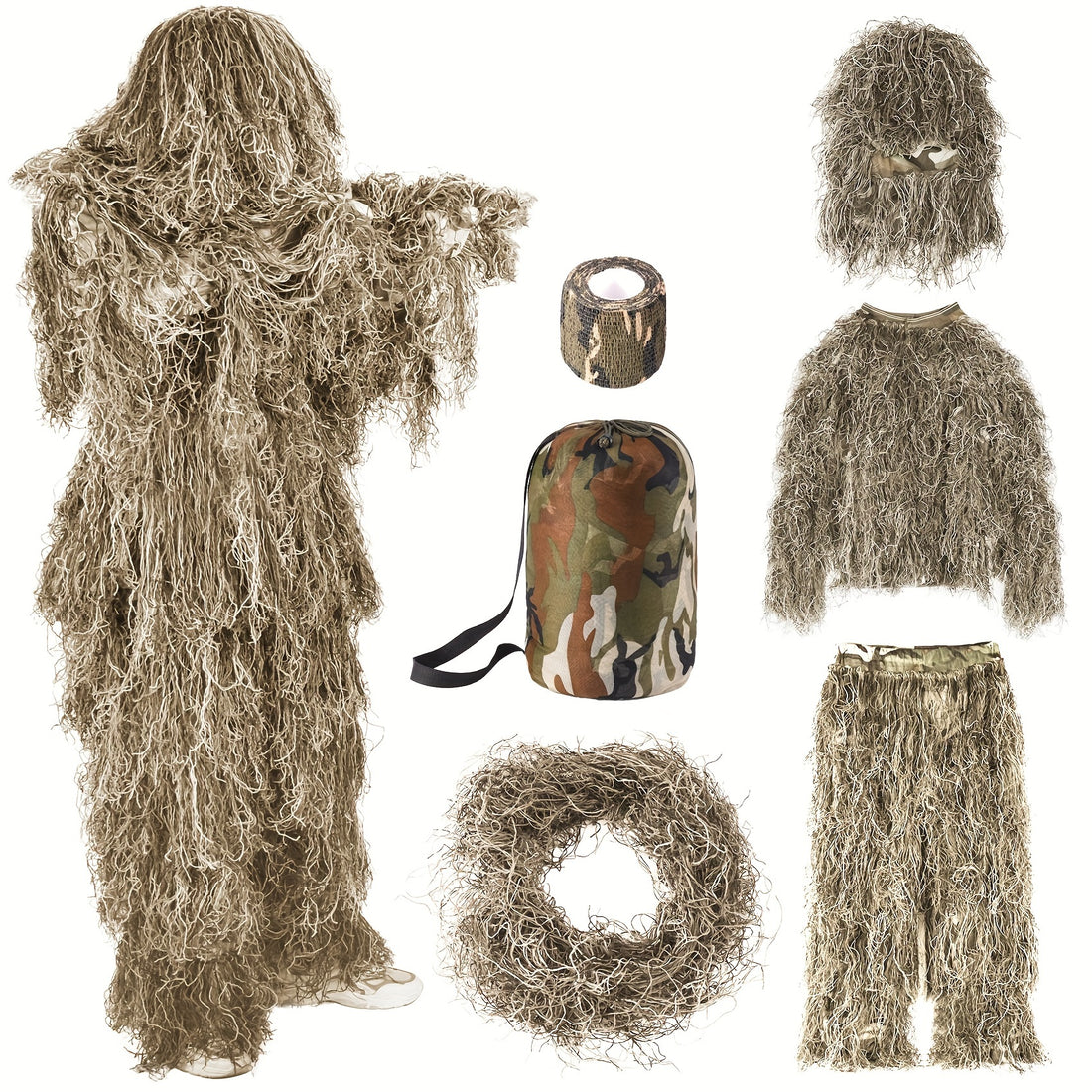When you're in the outdoors, knowing how to tie the right knot can make life a lot easier—and sometimes even safer.
Whether you're setting up camp, climbing a mountain, or preparing for emergencies, these knots are essential tools. The Boy Scouts of America emphasize knot-tying as a core outdoor skill every adventurer should master.
Let’s go over the top 5 tactical knots you should know in detail, including when and how to use them, along with practical tips to master them.
1. The Bowline Knot
Why It's Useful
The bowline knot forms a secure, non-slip loop at the end of a rope. It won’t tighten under load, making it perfect for:
- Creating a rescue harness.
- Securing a rope to a fixed point like a tree or post.
- Tying gear to a rope for hoisting or securing.
How to Tie It
- Create a Loop: Make a small loop near the end of the rope.
- Rabbit Comes Out: Take the end (the “rabbit”) and pass it up through the loop.
- Go Around the Tree: Wrap the end around the standing part of the rope (the “tree”).
- Back Down the Hole: Pass the end back through the loop.
- Tighten: Hold both the standing part and the end, then pull to secure the knot.
Practical Example
Imagine you need to secure a rope to a tree to hang a hammock or create a fixed anchor point for a shelter. The bowline knot keeps the loop stable and easy to untie, even after bearing weight.
Tips
- Remember the saying: “The rabbit comes out of the hole, goes around the tree, and back into the hole.”
- This knot is strong and won’t slip, making it a trusted knot for outdoor activities.
2. The Clove Hitch
Why It's Useful
The clove hitch is a quick, adjustable knot used for:
- Securing a rope to poles, posts, or trees.
- Setting up tents and tarps.
- Temporary anchoring tasks where you may need to adjust tension.
How to Tie It
- Wrap the Rope: Take the rope and wrap it around the post or tree.
- Cross Over: Cross the rope over itself to form an X.
- Wrap Again: Wrap the rope around the post a second time and tuck the end under this second wrap.
- Tighten: Pull the end to secure the knot firmly.
Practical Example
If you're setting up a clothesline between two trees or need to secure a tarp pole temporarily, the clove hitch is quick and easy to use.
Tips
- The clove hitch can slip under heavy or uneven loads, so avoid using it for critical applications like climbing or rescue.
- It’s perfect for tasks that require frequent adjustments.
3. The Square Knot (Reef Knot)
Why It's Useful
The square knot (also known as the reef knot) is used to join two ropes of the same thickness. It’s handy for:
- Tying up bundles of gear or firewood.
- Securing bandages or first-aid materials.
- Simple repairs in the field.
How to Tie It
- Right Over Left: Take the left end and cross it over the right end. Tie a simple overhand knot.
- Left Over Right: Now take the right end and cross it over the left end. Tie another overhand knot.
- Tighten: Pull both ends evenly to tighten the knot.
Practical Example
If you need to bundle up firewood for carrying or secure a rolled-up sleeping bag, the square knot works well for holding things together securely.
Tips
- Remember the saying: “Right over left, left over right.”
- Warning: Don’t use the square knot for critical loads or climbing, as it can slip if the ropes are under uneven pressure.
4. The Figure-Eight Knot
Why It's Useful
The figure-eight knot is a strong stopper knot often used in climbing and boating. It’s ideal for:
- Preventing the end of a rope from slipping through an anchor or device.
- Creating a secure loop when doubled (called the figure-eight follow-through).
- Tying into a harness or anchor system.
How to Tie It
- Make a Loop: Form a loop near the end of the rope.
- Wrap Around: Take the end and wrap it around the standing part of the rope.
- Pass Through the Loop: Bring the end back through the original loop.
- Tighten: Pull both the end and the standing part to tighten the knot securely.
Practical Example
When rock climbing, the figure-eight knot is used to tie the rope to your harness. It’s easy to inspect and won’t come undone under pressure.
Tips
- The figure-eight knot is strong, easy to check, and simple to untie after being under pressure.
- Always double-check the knot before using it in critical situations.
5. The Taut-Line Hitch
Why It's Useful
The taut-line hitch is an adjustable knot used for maintaining tension. It’s excellent for:
- Tent guy lines.
- Clotheslines.
- Any setup where you need to adjust rope tension easily.
How to Tie It
- Anchor the Rope: Wrap the rope around a fixed point like a tent peg.
- Make Two Loops: Make two loops around the standing part, working toward the anchor.
- Make a Third Loop: Create a third loop on the outside of the first two loops.
- Tighten: Slide the loops tight and adjust the knot along the rope as needed.
Practical Example
When setting up a tent or tarp, the taut-line hitch lets you adjust the tension on the guy lines without retying the knot. It keeps the lines tight even if the ground shifts.
Tips
- This knot stays secure under tension but can be adjusted when needed.
- It’s a must-know for campers who need to secure tents in variable conditions.
How to Practice These Knots
- Use Different Ropes: Practice with ropes of various materials and thicknesses to see how each knot behaves.
- Repetition: Tie each knot multiple times until you can do it quickly.
- Test in Real Situations: Use these knots while camping, hiking, or doing chores to reinforce your skills.
- Teach Others: Explaining the knots to a friend or family member can help you remember them better.
Conclusion
These five tactical knots—the Bowline Knot, Clove Hitch, Square Knot, Figure-Eight Knot, and Taut-Line Hitch—are essential for anyone who loves outdoor adventures. They’re simple to learn, useful, and can help you handle various situations.























